Chemistry
Sign up for our newsletter
We summarize the week's scientific breakthroughs every Thursday.
-
 Chemistry
ChemistryJoaquín Rodríguez-López designs batteries for a sustainable energy future
Electrochemist Joaquín Rodríguez-López is finding better ways to store wind and solar power.
-
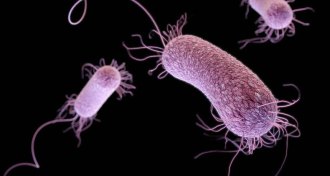 Chemistry
ChemistryA new antibiotic uses sneaky tactics to kill drug-resistant superbugs
Scientists have developed a molecule that kills off bacteria that are resistant to existing antibiotics.
-
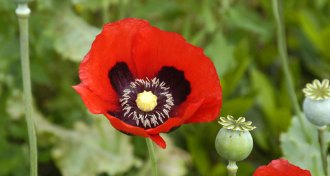 Life
LifeHow the poppy got its pain-relieving powers
Analyzing the poppy’s genome reveals the evolutionary history of morphine.
-
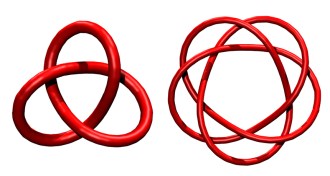 Chemistry
ChemistrySee the ‘periodic table’ of molecular knots
A new table of knots points the way to twisting molecules in increasingly complex pretzels.
-
 Chemistry
ChemistryLithium-oxygen batteries are getting an energy boost
A new version of the lithium-oxygen battery could pack more energy and last longer than its predecessors.
-
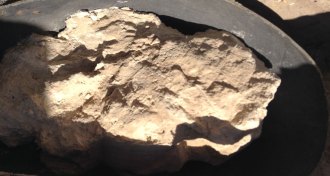 Science & Society
Science & SocietyCheese found in an Egyptian tomb is at least 3,200 years old
Solid cheese preserved in an ancient Egyptian tomb may be the world’s oldest.
-
 Materials Science
Materials ScienceA filter that turns saltwater into freshwater just got an upgrade
Smoothing out a material used in desalination filters could help combat worldwide water shortages.
-
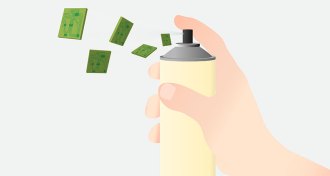 Tech
TechA new kind of spray is loaded with microscopic electronic sensors
For the first time, researchers have built circuits on microscopic chips that can be mixed into an aerosol spray.
-
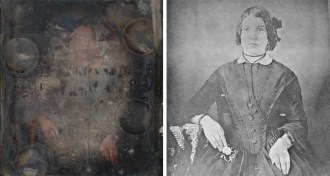 Chemistry
ChemistryHow a particle accelerator helped recover tarnished 19th century images
Chemists used a synchrotron to peek beneath 150 years of grime on damaged daguerreotype images, revealing hidden portraits.
-
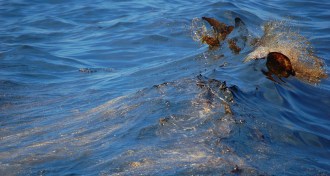 Environment
EnvironmentSunshine is making Deepwater Horizon oil stick around
Sunlight created oxygen-rich oil by-products that are still hanging around eight years after the Deepwater Horizon spill.
-
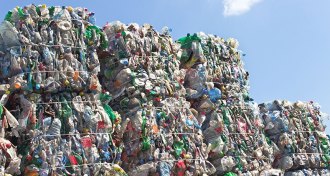 Environment
EnvironmentThis plastic can be recycled over and over and over again
A new kind of polymer is fully recyclable: It breaks down into the exact same molecules that it came from.
-
 Chemistry
ChemistryWant to build a dragon? Science is here for you
Fire-breathing dragons can’t live anywhere outside of a book or TV. But nature provides some guidance as to how they might get their flames. If they existed, anyway.